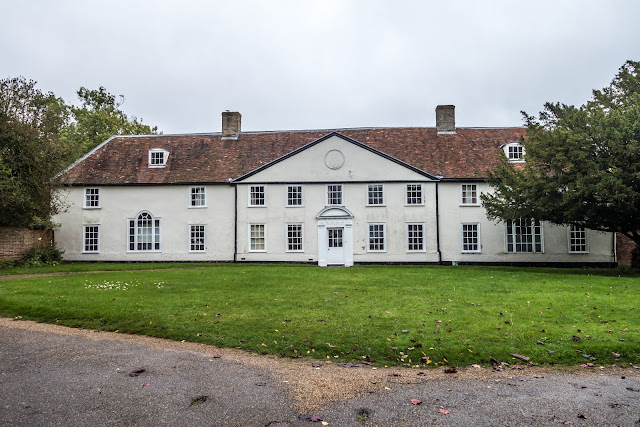Wingfield - a short visit

The story of Wingfield , Suffolk, is the story of two powerful families; the Wingfields and the De la Poles, Earls of Suffolk. The church of St Andrew nextdoor is tied to both families. St Andrew's was begun in its present form by Sir John de Wingfield in 1362, as a collegiate church, that is, administered by a college of priests rather than placed under the care of a rector. Sir John's tomb lies within the chancel that he built, and there are later memorials to generations of Wingfields and de la Poles. Wingfield College is now a private family home. But its history goes back over 650 years. It has kept the name of college because it is the remnant of the chantry college founded by Sir John de Wingfield in 1362. Sir John was a soldier of high reputation in the reign of Edward III, and Chief Counsellor of the Black Prince. In 1355 he accompanied him to Languedoc, and some letters of Sir John’s written during the campaign still survive as important records of the War. He ...



